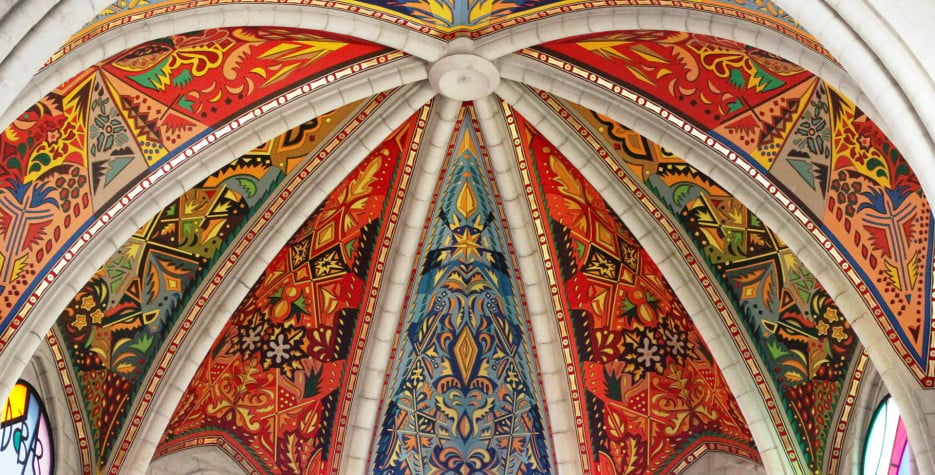When is the Lady of Almudema
The Lady of Almudema (Virgen de la Almudena) is a Spanish regional public holiday in the city of Madrid on November 9th.
November 9th is the second local holiday set by the Madrid City Council, after May 15th for San Isidro. It is a non-working holiday for those who work in the capital city of the Community of Madrid. Other municipalities in the Community of Madrid such as Getafe, Móstoles or Majadahonda, among many others, do not observe this day. However, it should be remembered that many companies located in other municipalities of the autonomous community are part of the Madrid City Council's work calendar. For this reason, it is advisable to check the work calendar of the company in which you work in case employees also have this traditional holiday in the capital of Madrid.
History of the Lady of Almudema
Reflecting her importance to Catholics, many places in Spain and Latin America venerate images of the Virgin Mary as the patroness of their town or city.
In the case of the city of Madrid and the archdiocese of Madrid, it's a statue of Mary holding the infant Jesus. It is known as the Lady of Almudena. The name comes from the Arabic "Al Mudayan" meaning the citadel. Until quite recently, the capital city of Spain was a small town.
Legend has it that the statue was carved by Nicodemus and painted by Saint Luke. It was brought to Spain by Saint James as he preached the Gospel.
It is said that as the Moors approached Madrid in the 8th century, the statue was taken and hidden inside the walls of the town.
It is worth noting that the Muslim Moors would have probably destroyed the statue as it was an icon and not because it represented Mary; after all, Mary is mentioned more times in the Qur'an than the Bible.
And there it stayed hidden and lost until the Christian King Alfonso VI of Castile conquered the town nearly 300 years later. His troops prayed and searched for the statue for days without success, until on November 9th 1085, a part of the wall crumbled revealing the hidden icon.
If you look above you can see the statue is in remarkable condition for one that was carved 2000 years ago and spent a long time in a wall. Though it may well have been based on an older statue, the statue that now resides in the Cathedral of Madrid is accepted to be from the late 15th century at the earliest.
On this day, a mass is celebrated in the Plaza Mayor and a procession, with the statue of the Virgin, passes through the streets of Arenal and Mayor and eventually ends up at the Cathedral. The other events of the day are mainly of a religious nature. During the day several floral offerings are made to the Virgin. In addition, the City Council organises a tasting of the Roscón de La Almudena, a traditional sweet made for the feast, as part of the festivity program.


